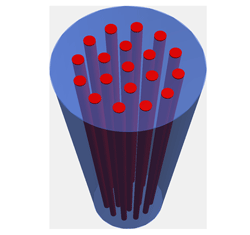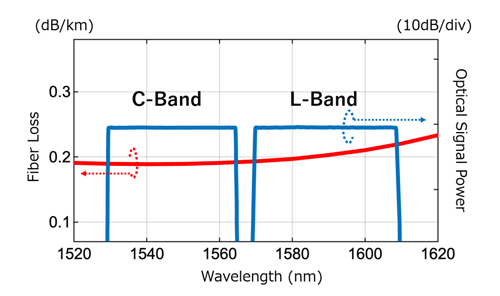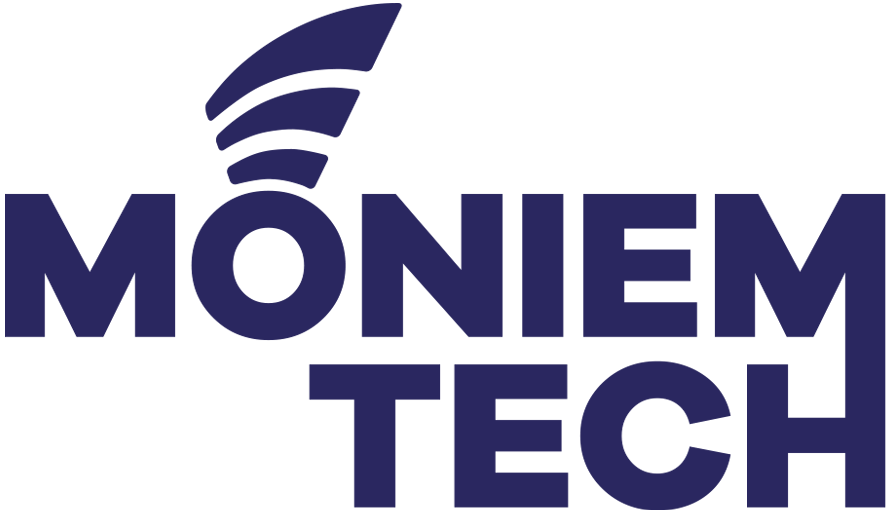Imagine being able to download every HD video on Netflix in just one second… Now, with Japan, we can say yes.
Japan’s National Institute of Information and Communications Technology (NICT) achieved a world-record internet data transmission speed of 1.02 petabits per second (Pbps) in a lab setting.
What Actually Happened

1.02 Pbps = 1,020,000 Gbps
We know that standard fibre is single-core, which limits the speed — it usually maxes out at around 80–100 km on high frequencies, such as the C-Band and L-Band, which operate in the THz range. However, in this experiment, they utilised multi-core fibre, which has 19 cores — that’s 19 times more than a single-core fibre — and employed 180 wavelengths in the L & C bands, along with 16QAM as the modulation technique.
What Are the C and L Bands?
- C-Band
- Frequency Range: 191.5–195.5 THz
- Wavelength Range: 1530–1565 nm
- L-Band
- Frequency Range: 185–191.5 THz
- Wavelength Range: 1565–1625 nm
In the Japanese NICT experiment:
- They transmitted 180 wavelengths (channels) using both bands.
- This dramatically increased the total bandwidth and data rate.
- The use of dense wavelength-division multiplexing (DWDM) in both bands allowed parallel transmission streams on a single fibre.

The speed reached 6.2 terabits per second on the L-band and 6.7 terabits per second on the C-band, for a total of approximately 1.02 petabits per second.

Using both C-band and L-band is like adding extra lanes to a fibre-optic highway, allowing far more data to travel simultaneously, which is key to breaking petabit-per-second speed records.
